2021 | Forum Expanded
The Days Float Through My Eyes
The first lockdown, which began in the middle of March 2020, brought about a complete standstill in many ways. But Forum, Forum Expanded and their “home cinema”, the Arsenal, quickly began to experiment with providing digital content. Section head Stefanie Schulte Strathaus and curator Uli Ziemons discuss a year in which travel was almost only possible in pictures, the temporality of ritual and the search for new formats for festivals and the cinema.
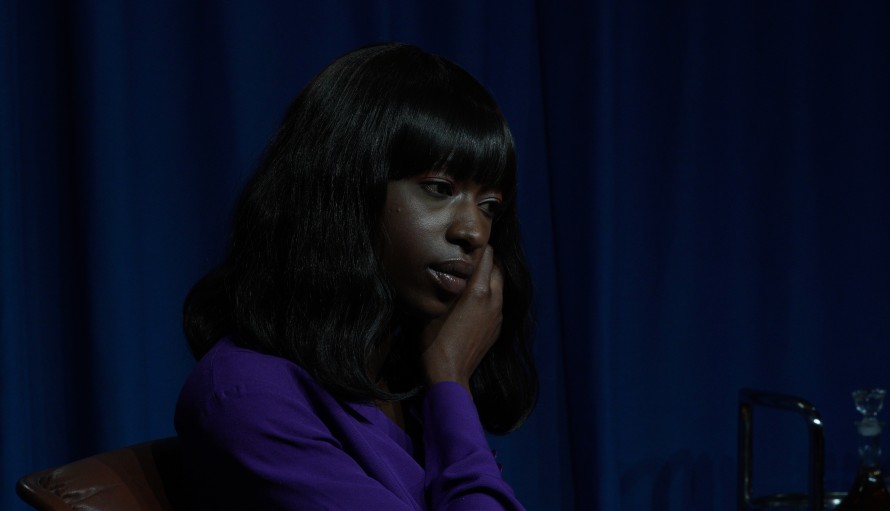
Black Beauty: For a Shamanic Cinema by Grace Ndiritu
During the last twelve months, COVID-19 has been ubiquitous. What influence did the virus have on your selection process?
Stefanie Schulte Strathaus: One member of the curatorial team, Maha Maamoun, lives in Egypt and was unable to come to Berlin for the selection screenings. That’s why we viewed the films exclusively online. We arranged screening days on which we would all start viewing a particular film at the same time. When it was finished, we met in a video conference. In this way, we at least tried to uphold our group viewings and conversations about our first impressions. For me personally, the hardest thing has not being able to travel. In the encounters I make along the way, I discover a lot of works which wouldn’t find their way to us on their own. To compensate for this, we’ve increasingly asked colleagues for tips and recommendations. In the end, we’ve managed to create a programme that is as good as in previous years, but the way we got there was different.
Your theme for this year, “The Days Float Through My Eyes”, comes from a song by David Bowie. What do you associate with this line?
SSS: Firstly, unlike usually, we derived the topic less from a discussion about the submissions than from the time in which we are currently living. It connects us to the artists and filmmakers in a special way because the lockdown measures mean that we’ve all had very similar experiences, even if their effects have been different. The Forum Expanded’s goal to present works distinguished by their particular aesthetic form as well as their discursive content suddenly became a monumental challenge: as a festival, we now had to find a suitable way to present work in this new kind of reality we were facing.
David Bowie wrote “Changes” exactly 50 years ago because he had the impression that he was developing and reinventing himself at a pace with which the system that had made him a musician could not keep up. We’re currently experiencing an unprecedented concurrence of immobility and change. Everything has stopped, nothing is working anymore, and yet, at the same time, we’re being confronted with changes taking place at an insane pace. We need new digital forms of work, new solutions, new festival formats. Sometimes, it doesn’t even feel like life is passing us by, but that we are passing life by. But the selected works ground us again.
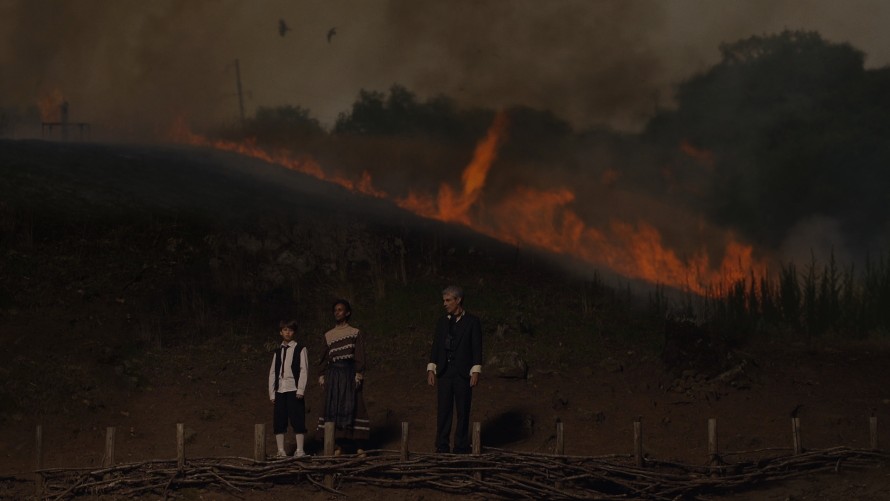
Autotrofia by Anton Vidokle
This year, one kind of temporality can be felt particularly strongly, which can also be associated with a certain type of movement – the eternal cycles during the daily lockdown walks: the ritual.
Uli Ziemons: The ritual, and the question of contact with supernatural or spiritual spheres, is indeed very present in the selection. In Autotrofia, Anton Vidokle combines his interest in Russian Cosmism, a school of thought from the turn of the 20th century, with a pagan fertility ritual that is still performed in Italy today. In Cosmism, there’s this notion that humans could learn from plants how to photosynthesise as a way to escape the system where we can only survive by killing other living beings. Vidokle approaches this subject in a very humorous and performative way. Documentary footage of the ritual is combined with a fictional story that has been staged almost operatically.
Bicentenario traces the story of the Latin American revolutionary Simón Bolívar 200 years after he liberated Colombia. Director Pablo Alvarez Mesa visits the places where Bolívar fought battles or gave speeches and consults a medium who attempts to sense the spirit of Bolívar in these places. In a way, Bicentenario brings to mind Voices and Shells. In it, Maya Schweizer is also searching for traces of historical events in specific places to discover concurrences between the past and present. She pursues a kind of archaeology in the Munich underground, climbing into the sewers where she reveals a history that is inscribed in the architecture but is not at all obvious.
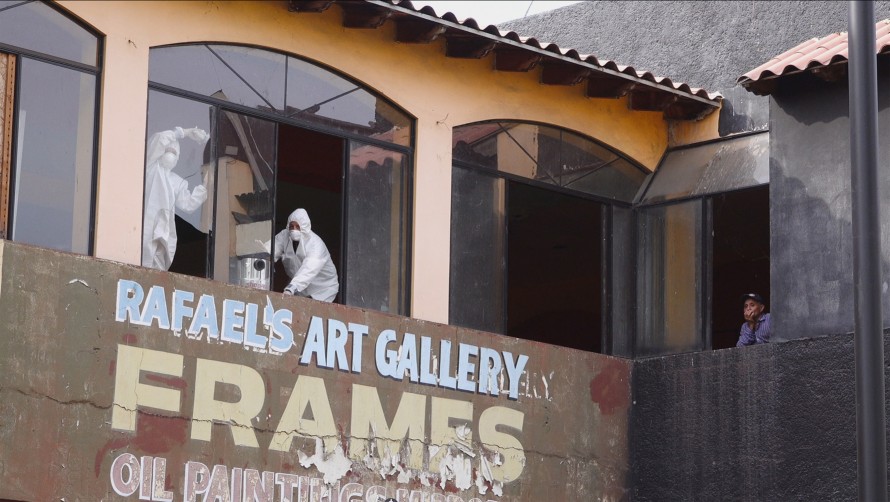
Ahorita Frames by Angelika Levi
For years, as a section you’ve been practicing your own kind of archaeology with your archive work. This year, the presence of the archive is missing in the programme. Has it fallen victim to the new festival format?
SSS: No, we’re still working intensively on archive projects between the editions of the festival. But this work has now reached such proportions that it goes far beyond the scope of Forum Expanded. Thus, there will probably be a separate biennial event starting in September. Nevertheless, we continue to find it important to include restorations in the programme and to present them alongside contemporary productions in order to turn them into new films. In 2021, we’re screening the digitally restored version of Cynthia Beatt’s Böse zu sein ist auch ein Beweis von Gefühl (Fury is a Feeling Too). The title brings to mind contemporary debates, but the film is from 1983. As with Maya Schweizer, urban architecture plays a major role here, too – in this case, that of Berlin. Beatt combines her experience as someone whose mother tongue is not German with her view of the Berlin architecture around Potsdamer Platz (which was still a no man’s land at that time) and reflects on the structures of history and the present. Heinz Emigholz plays her dialogue partner in the film.
Past and present also confront each other in Ahorita Frames which, in addition, plays with an interesting spatial reference because it relocates experiences that occurred in New York to Tijuana…
SSS: Director Angelika Levi takes us back to the time of 9/11 and explores something that wasn’t in the media at that time: it was mostly migrant workers who had to clean the luxury apartments, offices and banks in Manhattan after the attack. The stories they told are re-enacted 20 years later at the Ped-West border crossing in Tijuana by migrants from Guatemala and Venezuela and by Mexicans who have been deported to Tijuana from the USA.
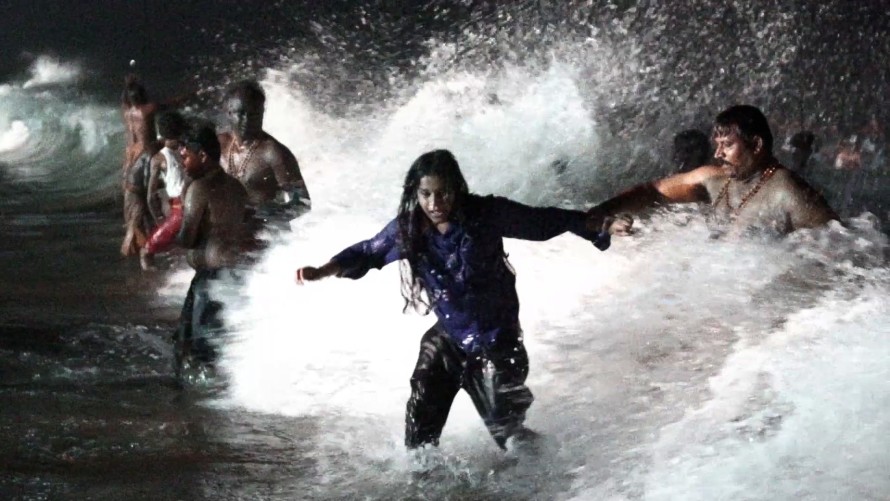
The Coast by Sohrab Hura
In terms of time and space, some of the films in the selection are downright overwhelming in their sense of the here and now and the physical and sensory experience they provide. In The Coast, Sohrab Hura shows people bathing in a religious ceremony; the digging in the earth during the ritual in Autotrofia also feels incredibly tactile. Is this level perceived differently due to COVID-19, with its isolation and lack of sensuality?
SSS: I felt this connection particularly strongly in Saba' sanawat hawl delta al-neel (Seven Years Around the Nile Delta) by Sharief Zohairy. It’s a classic travel film – a genre we know quite well – and yet you view the film differently today. We watched it on our laptops during this extraordinary viewing phase and it held us spellbound in a special way for 5½ hours. To say “it was like a journey” about a film sounds trite. But to be able to go on a journey with a film has actually taken on a new significance in a time of no travel.
With regard to the pandemic, however, we shouldn’t construct a simple “before” and “after”. Everything has changed in a very short time and, with it, our view of the films, but all these changes are still within a historical context.
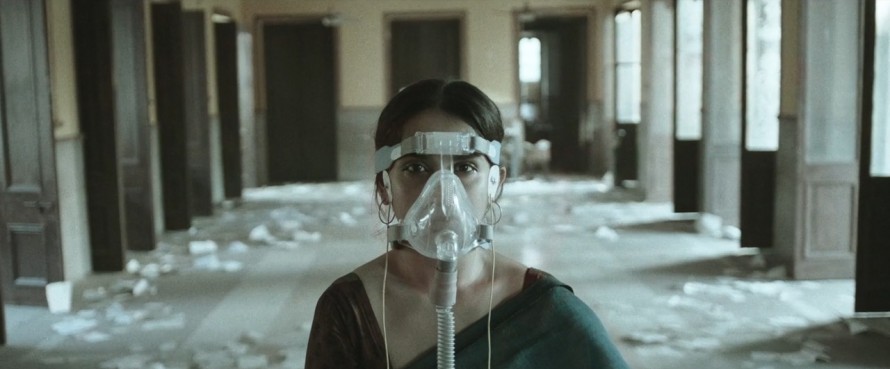
Jole dobe na (Those Who Do Not Drown) von Naeem Mohaiemen
The impact of the virus has been very clear on the physical location of the cinema. With Arsenal 3, you quickly transferred your activities into the digital world. What has been your experience of this?
SSS: There have been several phases of Arsenal 3. Just a week after the first lockdown began, we were online because the infrastructure was already in place: in October 2019, we had launched Arsenal 3 as an experiment, initially for members only. We wanted to cautiously find out whether an online cinema could work as an extension of our auditoria at Potsdamer Platz. Then, on March 13, 2020, the lockdown began and we had to immediately close the cinema and the Forum Expanded exhibition. We started planning that same evening and one week later we were online. We asked filmmakers and artists whose work we distribute if they would support us because, at the time, we didn’t know whether we would later be able to pay the licenses for the online presentation. More than 100 of them immediately agreed, which was a great experience of solidarity. We then not only showed their films but also hosted film discussions. Thus, Arsenal 3 became a place that kept us in touch throughout the first lockdown.
After three months, there was a strong desire again to experience something physical and we had the opportunity to present installation works in the Concrete Hall at silent green, where the Forum Expanded exhibition is usually shown. This was possible in the spring and summer of 2020 in accordance with the hygiene regulations. And so, Arsenal 4 was born. Then Bernd Scherer, director of the Haus der Kulturen der Welt (HKW), invited us to run a summer cinema on the roof of the HKW – which became Arsenal 5. There was space for 100 people and it was always very well attended.
When the cinemas were finally allowed to reopen, we had to re-think Arsenal 3, because we now had to place digital in relation with analogue cinema. That’s why we developed the concept of a “footnote cinema” and screened films intended to expand and consolidate our activities in the cinema and in the film archive. Digital cinema is not the same as analogue cinema and we wanted to deliberately address the relationship between the two by creating reciprocal references. When the new lockdown came into effect and Arsenal 1 had to close again, this concept partially disappeared. Now we are mainly programming Arsenal 3 with retrospectives and this is going very well. In this way, the past year has once again proved that the Arsenal with all its activities, including Forum and Forum Expanded, is an open space which reflects, scrutinises and challenges itself.
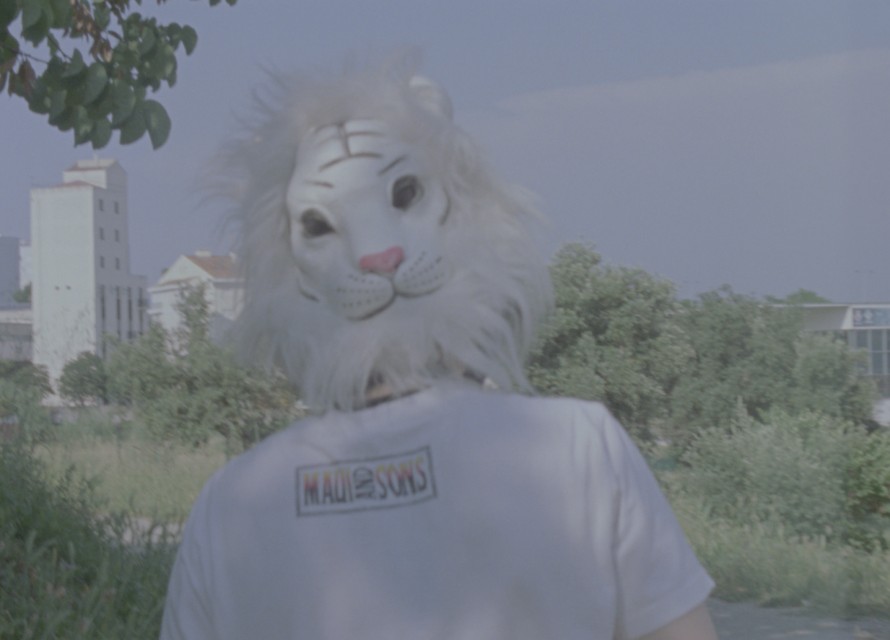
13 Ways of Looking at a Blackbird by Ana Vaz
In the 2021 selection, you again have films that directly address the possibilities of cinema. For example, 13 Ways of Looking at a Blackbird and Black Beauty: For a Shamanic Cinema…
UZ: 13 Ways of Looking at a Blackbird opens our eyes to everything that cinema can be. The film arose from work with schoolchildren in a Lisbon suburb. Ana Vaz, who has a background in essayistic experimental film, held a film course over one year. Based on the eponymous poem “13 Ways of Looking at a Blackbird” by Wallace Stevens, she provided a space for pupils to experiment with cinema and develop different perspectives. The film is very much about images that play in front of the inner eye and about how feelings can be represented. It’s about widening your perspective and discovering what cinema can be. The ideas all have an equal footing.
SSS: Black Beauty: For a Shamanic Cinema takes as its subject matter the potential of cinema and art to go beyond our rationally comprehensible imagination and to give voice to the things that elude it. Filmmaker Grace Ndiritu sees shamanism as an opportunity to revive the cinema as a place of communication.
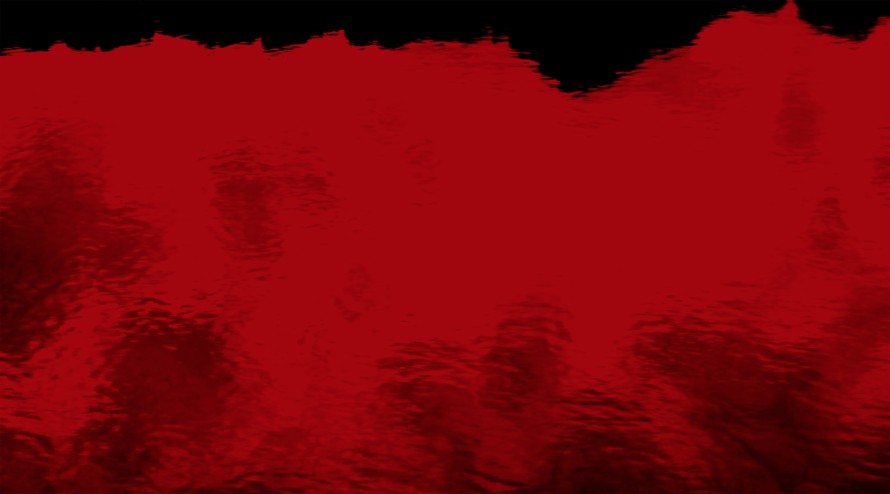
“Le-deu-pil-teo-ga Cheol-hoe-doeb-ni-da.” (“The red filter is withdrawn.”) by Minjung Kim
UZ: “Le-deu-pil-teo-ga Cheol-hoe-doeb-ni-da.” (“The red filter is withdrawn.”) by Minjung Kim is also a reflection on cinema. The film’s subtitles quote a performance by the American avant-garde filmmaker Hollis Frampton who considers the question of what you see in the cinema and when you see the most: which is when you look at a white, ostensibly empty rectangle, because then all the light is hitting the screen. For example, if you put a red filter in front of the light source, you get the impression that you are seeing more – something red. But you are actually seeing less because certain light frequencies have been blocked. In this way, the subtitles create a conceptual framework for what you see in the film. Actually, the work is really about the visibility of the Japanese occupation of Korea, but it approaches the topic through the question of cinema and viewing.